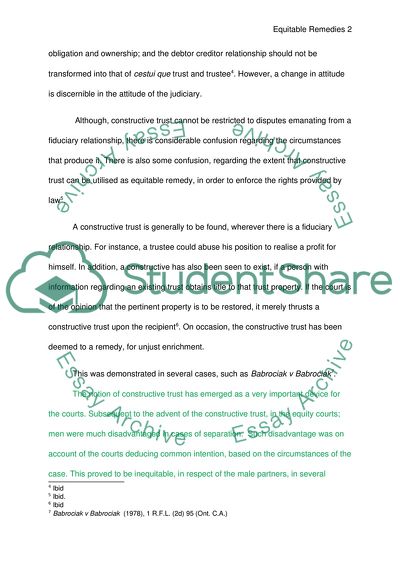Cite this document
(To what Extent Are Men and Women Treated Differently in the Context of Research Paper, n.d.)
To what Extent Are Men and Women Treated Differently in the Context of Research Paper. Retrieved from https://studentshare.org/law/1732399-in-the-context-of-equitable-remedies-to-what-extent-are-men-and-women-treated-differently
To what Extent Are Men and Women Treated Differently in the Context of Research Paper. Retrieved from https://studentshare.org/law/1732399-in-the-context-of-equitable-remedies-to-what-extent-are-men-and-women-treated-differently
(To What Extent Are Men and Women Treated Differently in the Context of Research Paper)
To What Extent Are Men and Women Treated Differently in the Context of Research Paper. https://studentshare.org/law/1732399-in-the-context-of-equitable-remedies-to-what-extent-are-men-and-women-treated-differently.
To What Extent Are Men and Women Treated Differently in the Context of Research Paper. https://studentshare.org/law/1732399-in-the-context-of-equitable-remedies-to-what-extent-are-men-and-women-treated-differently.
“To What Extent Are Men and Women Treated Differently in the Context of Research Paper”, n.d. https://studentshare.org/law/1732399-in-the-context-of-equitable-remedies-to-what-extent-are-men-and-women-treated-differently.


